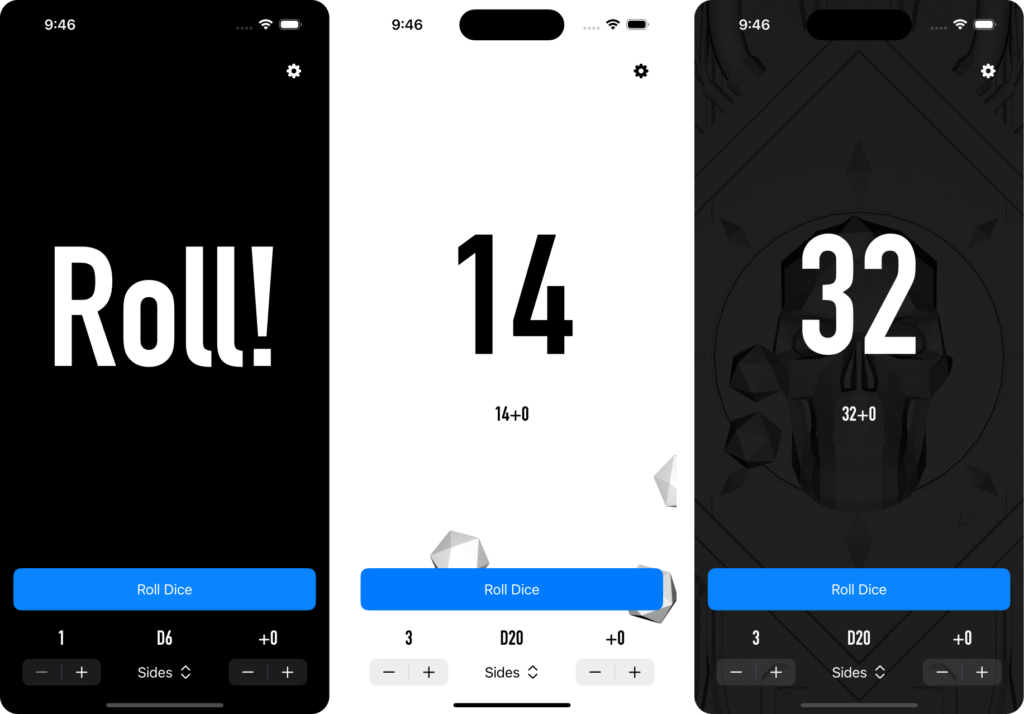I recently rebuilt my portfolio.
As I write this, I’m not sure exactly how many versions of the website “Danielboyle.net” have existed – perhaps 10. I know I bought the domain sometime in late 2000 or early 2001. It mostly sat idle until 2003, when I started job hunting before graduation. Since then, it’s been live in one form or another. The first version was a static site built in Flash. This was replaced by more dynamic versions using XML and ActionScript3, then static HTML, custom PHP, NextJS, and finally my current Astro setup. Not Squarespace, nor Cargo, nor WordPress.com (blog excluded, of course).
I don’t do this because I’m a great developer. Even though I’m a reasonably good designer, there are plenty of wonderful templates out there, and it would almost certainly be more convenient. Yet, every time, I come back here, to this tiny speck of real estate on the internet. Here, I own the content and the data. No one, even benevolently, can say how I should display my work. It stays up until I choose to pull it down, and it will never be removed from my control. Even if I lost the domain, I could get another and be online within a day. It is my voice, and my choices. It’s my successes, and my failures.
You may not remember this, or even have been alive at the time, but this is how the internet used to be. There were a few glorious years where it seemed like this was the future and every glorious and curious weirdo could make their own site, publish it, and maybe find an audience. Then came the dotcom crash, and eventually Web 2.0. At first, this was refreshing – we were no longer dependent on manual curation of indexes or gaming SEO algorithms. Instead, we could find communities and share with people. That failed too, of course – MySpace failed, Tumblr declined, and Twitter and Facebook seem to be going down the same route as they’re swamped by bots and the whims of billionaires.
As sites amplify algorithms over human voices, the built-in audiences fade and discoverability disappears. The “human” internet Balkanizes itself into a Dark Forest of Discord servers and private forums and the public internet slowly congeals into feeds of AI slop.
This site is how I say, “No thanks. I’d like a little bit of the weird back.” Why don’t you go and do the same?
Inspired by:
